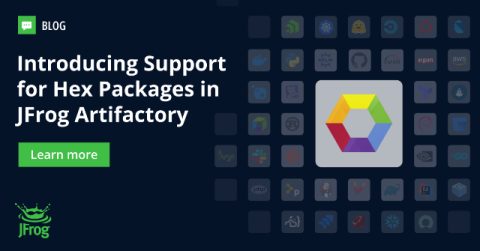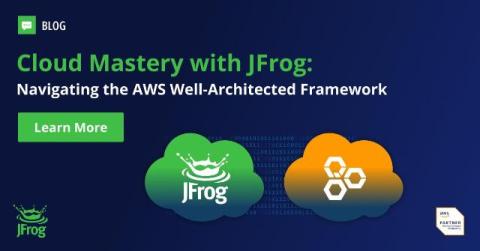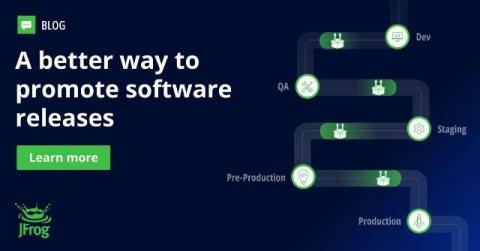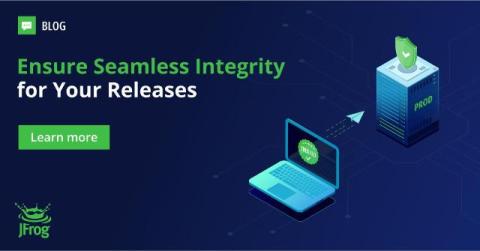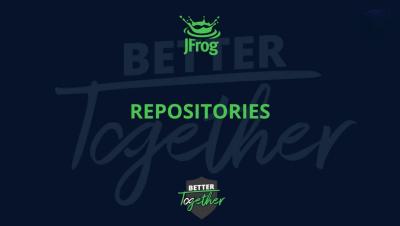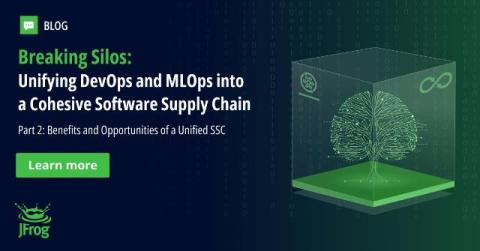Introducing Support for Hex Packages
JFrog has always prioritized universality, ensuring software development teams have true freedom of choice. Core to the JFrog Platform, JFrog Artifactory is the world’s most versatile artifact manager, natively supporting nearly 40 package types. After taking in valuable feedback from the developer community, we’re thrilled to discuss how we’re further expanding our universe with the support of Hex packages.


